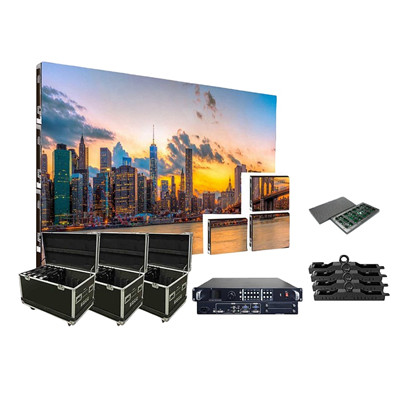Both touch screens and physical buttons have their own sets of advantages and are suitable for different use cases. Here are the pros of each:
Touch Screen Pros:
- Versatility: Touch screens are highly versatile and adaptable. They can change their layout and functionality based on the software or application, making them suitable for a wide range of tasks.
- Sleek and Modern Design: Touch screens contribute to a sleek and modern design aesthetic in electronic devices, such as smartphones, tablets, and all-in-one computers.
- Multi-Functionality: Touch screens can support multi-touch gestures, enabling users to perform actions like pinch-to-zoom, two-finger scrolling, and rotating, enhancing the user experience.
- Easy Updates and Customization: Software updates can introduce new features or change the layout of touch screen interfaces without the need for physical modifications.
- Space Efficiency: Touch screens eliminate the need for physical buttons, saving space and allowing for larger displays on devices.
- Reduced Wear and Tear: Since there are no physical buttons to press, touch screens tend to have a longer lifespan and are less prone to mechanical wear and tear.
Physical Button Pros:
- Tactile Feedback: Physical buttons provide tactile feedback when pressed, allowing users to feel and confirm their actions without looking at the screen. This feedback is crucial for situations like typing or navigating without visual attention.
- Precise Input: Buttons allow for precise input and minimize the risk of accidental actions, which can be particularly important in critical applications, such as medical devices or industrial control panels.
- Operability in Harsh Conditions: Physical buttons are often preferred in environments with extreme temperatures, moisture, or dust, as they can be sealed and made resistant to environmental factors.
- Reduced Error Rate: Buttons can help reduce the likelihood of user errors and accidental touches, making them suitable for applications where accuracy is paramount.
- Ease of Use for Specific Functions: Physical buttons are often used for specific functions like power, volume control, or emergency stop, where quick and reliable access is essential.
- Accessibility: Physical buttons are more accessible to individuals with disabilities who may have difficulty using touch screens due to motor control or visual impairments.
- Durability: High-quality physical buttons are durable and can withstand repeated use over a long period without wearing out.
The choice between touch screens and physical buttons depends on the specific requirements and use case. In many cases, a combination of both technologies is employed to leverage the advantages of each. For instance, smartphones often incorporate physical buttons for functions like power and volume control alongside a touch screen for general navigation and interaction.















